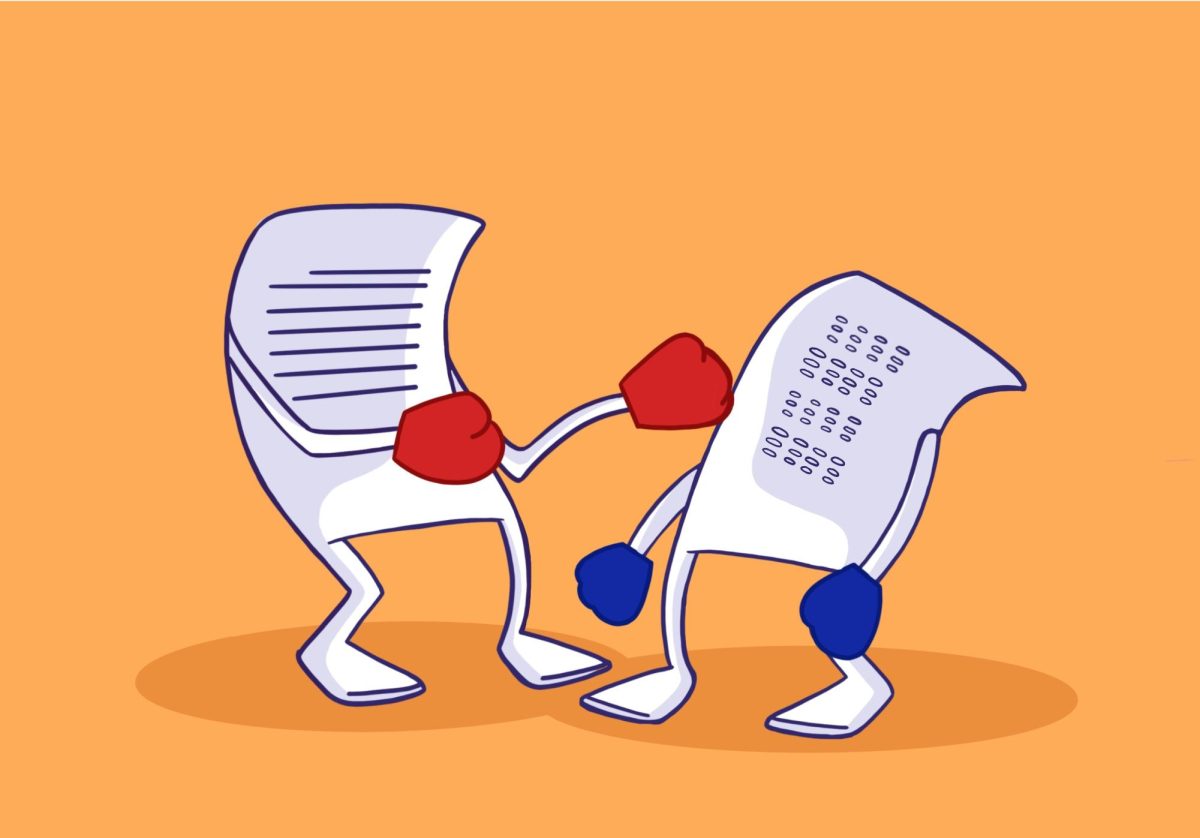Recognizing that models’ appearances influence young girls’ health habits and self-image, Madrid, Spain’s regional government took a globally unprecedented and progressive step in September when it banned underweight models from participating in Madrid’s fashion week.
Regional official Concha Guerra noted fashion’s responsibility when he said, “Fashion is a mirror and many teenagers imitate what they see on the catwalk.”
Spain’s decision was met with international controversy. From Canada to India, from Italy to England, and from the United States to Israel to Scotland – where a ban similar to Madrid’s was passed for the Edinburgh Fashion Festival – local governments and organizations are debating similar bans. Some model agencies have claimed that such bans amount to discrimination. As Cathy Gould of New York’s Elite modeling agency cried, “I think it’s outrageous. I understand they want to set this tone of healthy beautiful women, but what about discrimination against the model and what about the freedom of the designer?”
The question is laughable. Discrimination against the model? Freedom of the designer? Twenty-two-year old model Luisel Ramos died of a heart attack after stepping off the catwalk during a show in Uruguay this August due to emaciation. For three months prior, she ate only green leaves and Diet Coke after being advised to lose weight. A little discrimination may have saved her life. Even the group that sponsored Spain’s fashion week supported the decision, as did the director of Madrid’s fashion show (which ran Sept. 18-22).
To determine whether a model was underweight, the fashion show organizers measured the body mass index of the models. If a model’s body mass index fell below what the World Health Organization deemed “normal,” the model was not allowed on the catwalk.
Spain’s ban on underweight models (many of whom are anorexic) should be seen as a serious precedent, one that could lead to similar and wider-spread bans worldwide, including in the fashion sector of the United States.
It does not require much speculation or research to understand how serious and deep-rooted problems with eating disorders and body image are. According to the Anorexia Nervosa and Related Eating Disorders, “about one out of every 100 young women between 10 and 20 are starving themselves, sometimes to death.” It would be an arduous task to find a woman (although the problem is by no means exclusive to women) who, even if never having had an eating disorder, has never dealt with self-image issues. The harmful images young women see are far from limited to overly thin models on the catwalk. They are so deeply rooted in society and culture that it is nearly impossible to pinpoint one most significant source.
In addition to the ubiquitous, ageless, blond-haired, big-busted, small-waisted Barbie doll that we all grew up with, little girls can also now play with a doll actually named “Bratz.” These dolls do not look like they would ever be your friend in real life. They are the kind of dolls that, were they to come to life, would probably smile to your face and then call you fat behind your back.
Dolls, however, usually stop being popular before high school. For pre-teen and teenage girls, much of the unattainable standards of beauty are harbored in teen magazines. Teen magazines sport airbrushed models at every turn of the page.
It is not just printed pictures showing girls how to look. Nearly every television ad employs some level of sex appeal to sell a product.
At a young age, I realized the detrimental effects from reading teen magazines had on my body image. I made a concerted effort not to pick up another teen magazine for as long as I live. A little dramatic, sure, but I have so far lived true to that promise. The amazing thing? I noticed a positive change in my body image after a few weeks of not flipping through pages
of unattainable beauty in my free time.
Banning anorexic models from fashion shows is not going to change the world, and it is not going to cure eating disorders or bad body image. But cutting off one of the sources of unhealthy thinness that many girls grow up admiring and emulating is certainly progress. It will hopefully serve as just the beginning toward a change in attitude about what constitutes beauty.
Abby Bar-Lev welcomes comments at [email protected].













